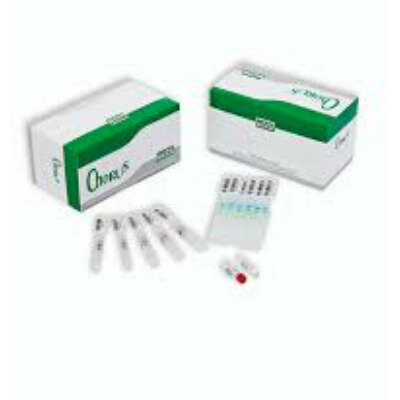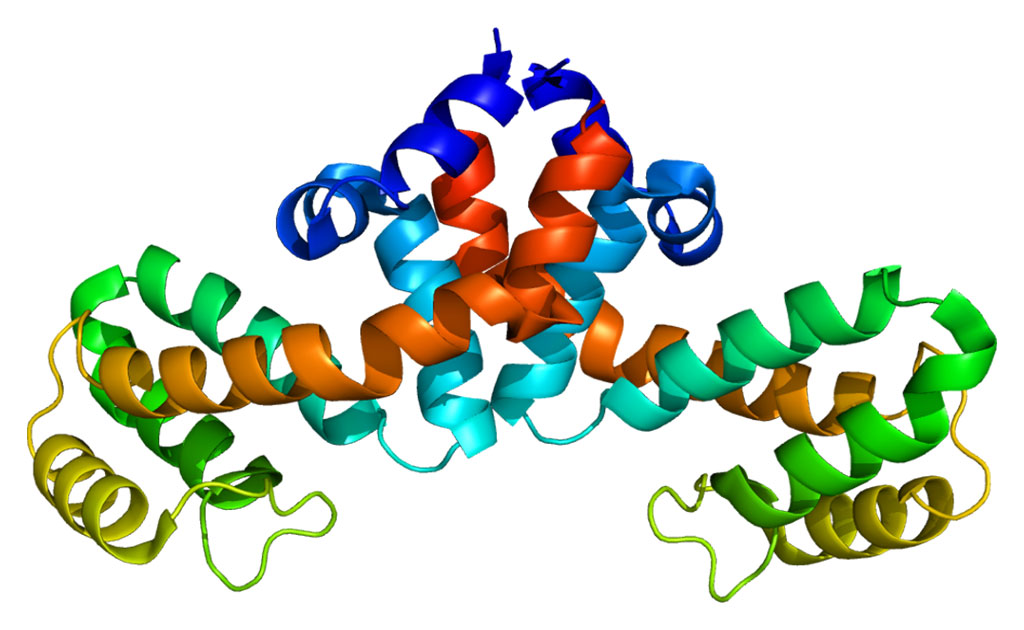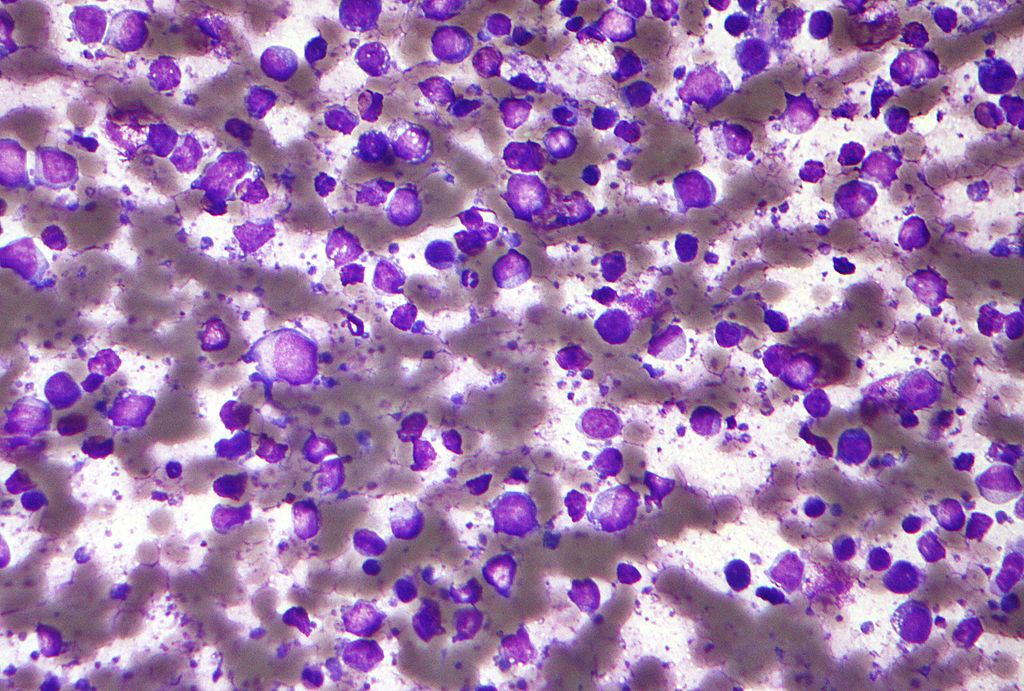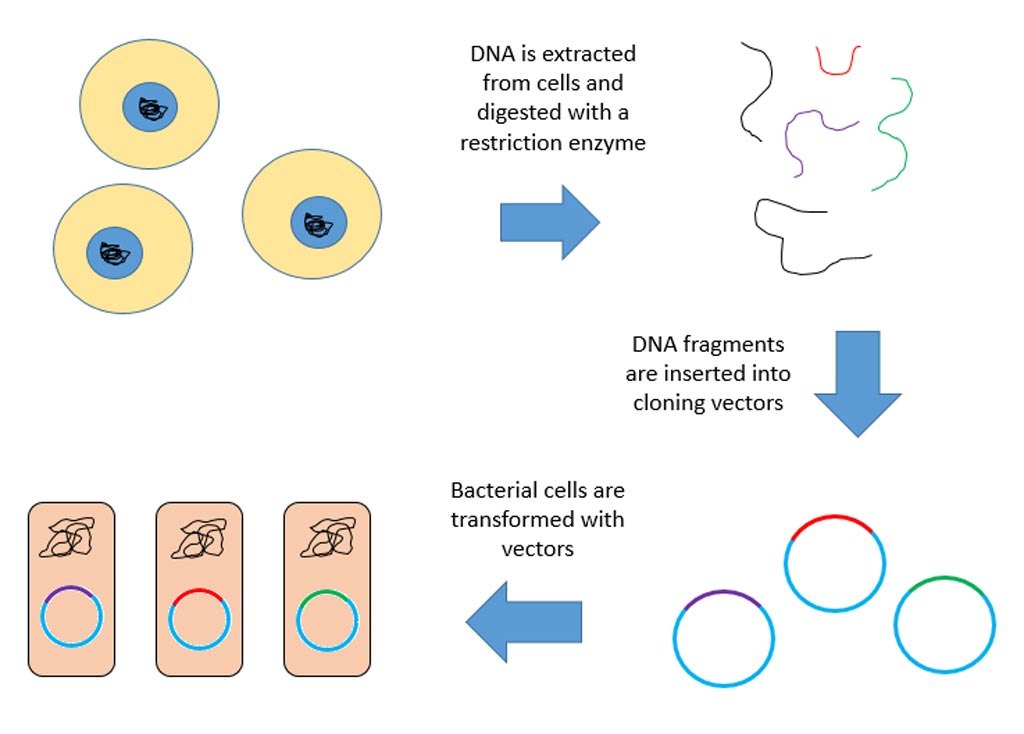Key Protein Regulator of Blood Vessel Formation Identified
By LabMedica International staff writers
Posted on 24 May 2011
The molecular processes leading to formation of blood vessels from undifferentiated endothelial cells are apparently under the direct control of the Ras interacting protein 1 (Rasip1).Posted on 24 May 2011
Investigators at the University of Texas Southwestern Medical Center (Dallas, USA) have been studying the mechanisms underlying vascular tubulogenesis (the formation of biological tubular structures). These mechanisms are required during fetal development when the body forms many tube-shaped organs such as the intestines of the digestive system and the vessels of the cardiovascular system.
Results from experiments conducted on mice that were published in the April 19, 2011, issue of the journal Developmental Cell revealed that endothelial tubulogenesis required the Ras interacting protein 1, Rasip1, and its binding partner, the RhoGAP Arhgap29. Mice lacking Rasip1 failed to form patent lumens in all blood vessels, including the early endocardial tube.
Depletion of either Rasip1 or Arhgap29 in cultured endothelial cells blocked in vitro lumen formation, fundamentally altered the cytoskeleton, and reduced integrin-dependent adhesion to ECM (extracellular matrix). These defects result from increased RhoA/ROCK/myosin II activity and blockade of Cdc42 and Rac1 signaling.
"What we have found is really the first factor that is important in all blood vessels for inner channel formation and tubulogenesis, i.e., the transformation of something that looks like a rope into something that looks like a garden hose," said senior author Dr. Ondine Cleaver, assistant professor of molecular biology at the University of Texas Southwestern Medical Center. "Rasip1 is the first blood vessel-specific regulator of molecular switches called GTPases. The protein appears to be active only in the endothelium, the layer of cells that line the blood vessels, and is not found in the smooth muscle cells that make up the outside of the vessels."
"Although this is still a mouse study, we feel that future studies of Rasip1 and the molecular processes under its control hold great promise to provide tools and models for advancing clinical therapies aimed at blocking vessel formation in tumors," said Dr. Cleaver.
Related Links:
University of Texas Southwestern Medical Center













